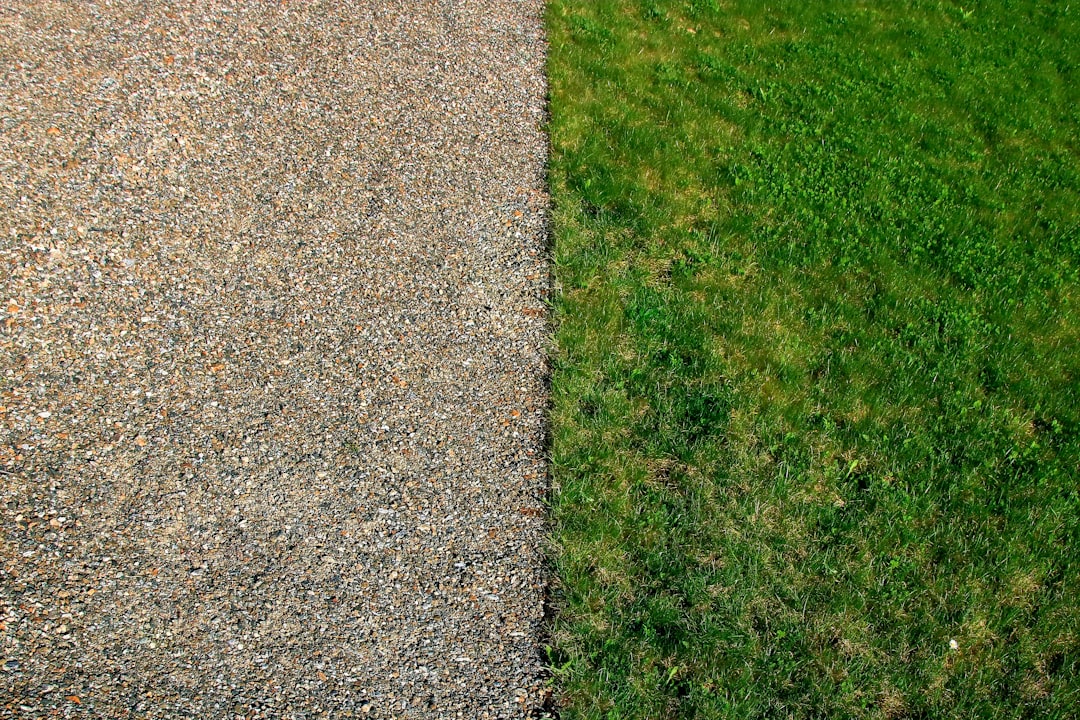What is it about?
Design of Experiment approach is adopted for deriving progression variables comprising jute fibres, bamboo fibres, and silica fumes. To obtain the optimal combination of progression variables, the effect of progression variable on the strength properties of concrete, Box–Behnken design of Response Surface Methodology was adopted. Totally four responses like compressive strength and split tensile strength at 14 days and 28 days were considered. Regression models for responses were tested using Analysis of Variance (ANOVA) and Pareto chart. The statistical importance of each progression variable was evaluated, and the attained models were articulated in second-order polynomial equation. The outcomes showed that addition of jute fibres, bamboo fibres, and silica fumes has enhanced the strength properties, but higher level of fibres incorporation exhibited reduction in strength. Surface plot, Pareto chart, and regression analysis outcomes show that the most substantial and influence factor at 14 days and 28 days for compressive strength is Jute fibres and for split tensile strength is both jute and bamboo fibres. The percentage of error of the validation tests is less than 4% for compressive strength and less than 3% for split tensile strength.
Featured Image

Photo by Denis Agati on Unsplash
Why is it important?
Concrete reinforced with sustainable materials like natural fibres has growing demand in the construction industry. Natural fibres ensure the improvement in strength properties of concrete with nonhazardous impact on the environment. To achieve this, many researchers have used natural fibres as an effective reinforcing material [1–4]. Natural fibres help in high-energy absorption, postcracking resistance, and increased fatigue resistance of concrete [5]. Natural fibres and non-natural polymer-based fibres are most widely used to overcome the shortages of fibre-induced concrete with polymer-based fibre . The deficiency with artificial fibres is health and environment hazards and their high costs. Natural fibre reinforced concrete is reinforced with jute and bamboo fibres having a small diameter and discrete natural fibres spread randomly in the concrete. They are beneficial concerning the energy and resources, economy, environment, and conservation. It reduces crack growth and increases mechanical properties . Jute, hemp, coconut, sisal, and bamboo are some of the commonly used natural fibres in cement composites to improve its strength characteristics. Including natural fibres in the cement matrix enhances the mechanical properties, impact strength, resistance against crack propagation, and energy captivation . It was found that the mechanical properties, toughness, cracking behaviour, impact behaviour, and strain capacity of concrete increase with the inclusion of plant-based natural fibre.
Perspectives
The addition of jute and bamboo fibre to concrete has moderately enhanced the mechanical properties of concrete. Nevertheless, for a higher level of fibre addition, the tensile strength of concrete is reduced. Inclusion of bamboo and jute fibre of 0.5% has improved the strength properties of concrete under compression and beyond, whose strength reduces. Moreover, the test results show that bamboo fibre has contributed to compressive strength when compared with tensile strength.
Prof Gobinath R
S R Engineering College
Read the Original
This page is a summary of: A DOE (Response Surface Methodology) Approach to Predict the Strength Properties of Concrete Incorporated with Jute and Bamboo Fibres and Silica Fumes, Advances in Civil Engineering, September 2022, Hindawi Publishing Corporation,
DOI: 10.1155/2022/1150837.
You can read the full text:
Contributors
The following have contributed to this page










